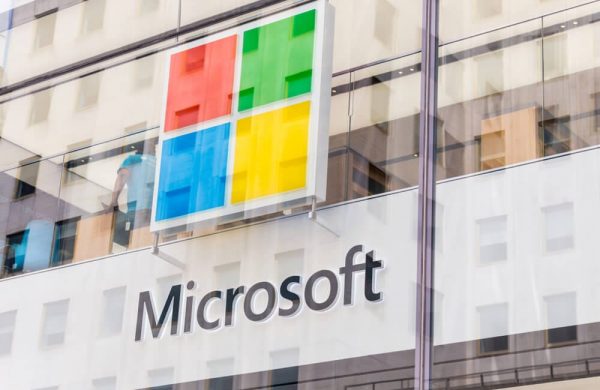Microsoft’s new Recall feature: A built-in surveillance tool disguised as convenience
By isabelle // 2025-04-21
Tweet
Share
Copy

- Microsoft's controversial Recall feature captures screenshots of all user activity every few seconds.
- Initially delayed after backlash, Recall has returned in preview builds, signaling Microsoft's intent to fully deploy the tool.
- The opt-in feature violates the privacy of anyone interacting with users who enable it, capturing sensitive content without the sender's consent.
- The searchable archive creates opportunities for abuse in legal proceedings, government surveillance, and intimate partner violence situations.
- European Economic Area deployment is delayed, likely due to GDPR scrutiny, while the feature moves toward global rollout elsewhere.
The illusion of consent
Microsoft frames Recall as a productivity booster, allowing users to “quickly find and get back to any app, website, image, or document just by describing its content.” The company emphasizes that the feature is opt-in, requiring enrollment in Windows Hello for authentication, and insists users can pause recording or delete snapshots. But these assurances do little to address the core issue: Recall violates the privacy of anyone who interacts with a user who has it enabled. If a colleague, friend, or family member activates Recall, any sensitive document, private message, or confidential image shared with them will be automatically captured, analyzed, and stored— without the sender’s knowledge or consent. Even encrypted messaging apps like Signal offer no protection, as Recall logs content displayed on-screen. “There was nothing stopping Recall from preserving sensitive disappearing content,” critics noted when the feature was first unveiled.A goldmine for abuse
The implications are staggering. Lawyers subpoenaing a divorce case could demand access to a spouse’s Recall archive, revealing deleted arguments, financial records, or intimate conversations. Governments could exploit the tool for unchecked surveillance without needing sophisticated hacking tools—just a warrant. Malicious actors gaining brief access to a device could mine years of activity in seconds. Privacy advocates have long warned that Recall is “ripe for abuse in intimate partner violence settings,” where abusers could weaponize it to monitor victims. But the risks extend far beyond individuals: Recall exemplifies Big Tech’s broader trend of exploiting AI not to empower users, but to normalize pervasive data extraction. Microsoft’s claims of user control ring hollow when the feature’s very design undermines the privacy of everyone it touches.A test case for accountability
Despite Microsoft’s assurances that Recall data remains local, history suggests otherwise. The company has repeatedly eroded user trust, from forcibly installing Windows 11 updates to embedding ads in the Start menu. The reintroduction of Recall—now testing in the Release Preview channel, the final stage before broad rollout — hints at an unstoppable march toward deployment. The European Economic Area (EEA) has at least temporarily dodged the bullet; Recall’s launch there is delayed, likely due to GDPR scrutiny. But for users elsewhere, the looming question is whether Microsoft will face meaningful backlash — or if invasive AI features will become the unquestioned norm. Until then, Recall serves as a reminder that when convenience is prioritized over freedom, privacy is always the first casualty. As Recall inches closer to public release, users must decide whether to accept Microsoft’s vision of an always-watched digital existence. The tool’s return underscores a disturbing reality: under the guise of innovation, tech giants are reshaping privacy boundaries without consent. For now, vigilance — and perhaps outright rejection of such features — remains the only defense against a future where every keystroke, every glance, every private moment is cataloged for corporate or government scrutiny. Sources for this article include: ReclaimTheNet.org ArsTechnica.com TechRadar.comTweet
Share
Copy
Tagged Under:
glitch robots national security surveillance Microsoft AI cyber war conspiracy internet privacy robotics deception cyborg dangerous inventions tech giants future science traitors information technology Big Tech computing future tech privacy watch technocrats spy gate
You Might Also Like
‘Toxic cocktail’: study finds almost 200 pesticides in European homes
By S.D. Wells // Share
Israel’s relentless attacks on Lebanon defy ceasefire, killing civilians and soldiers
By Cassie B. // Share
Trump administration considers ABANDONING Ukraine peace talks if no progress is made
By Ramon Tomey // Share
Recent News
CATTLE CRISIS: How a historic herd decline is shaking U.S. beef security
By willowt // Share
VITAMIN D: the sunshine vitamin's powerful role in COLON CANCER prevention
By ljdevon // Share
‘Toxic cocktail’: study finds almost 200 pesticides in European homes
By sdwells // Share
A financial coup: How the deep state is using manufactured crises to seize power
By newseditors // Share










